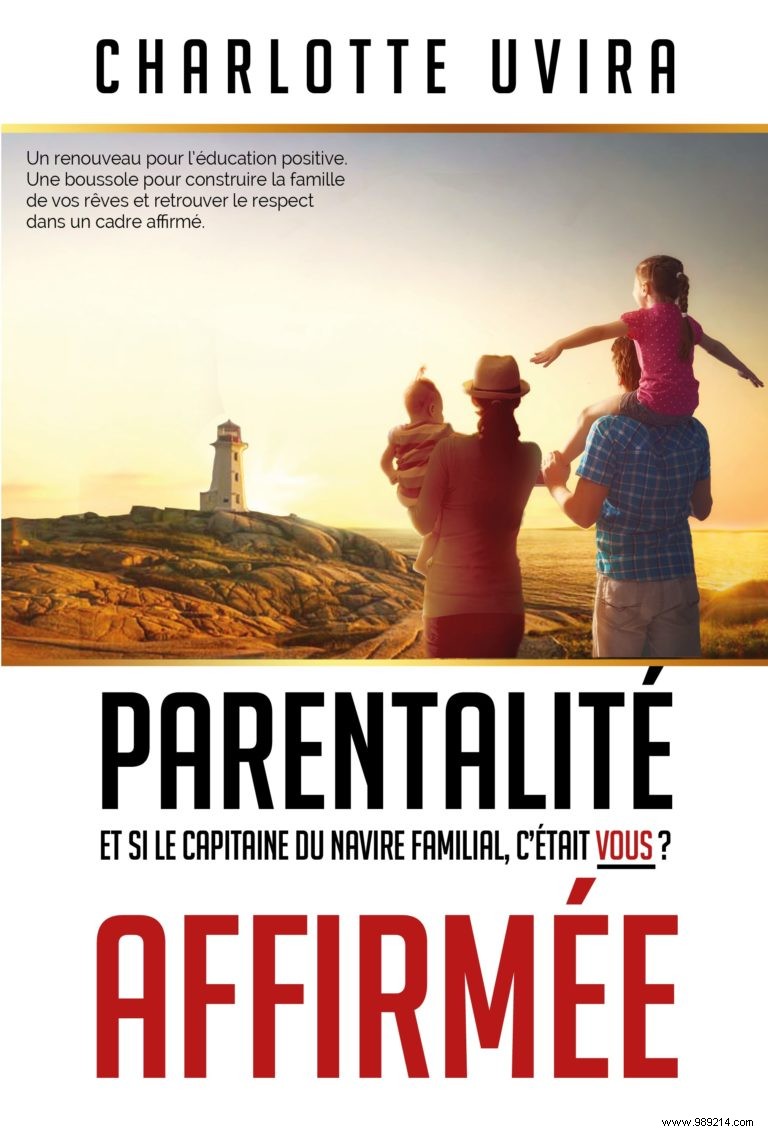
There are many books on positive education, guides for raising children with confidence. However, at the same time, we see more and more parents distraught about the behavior of their offspring.
Contents 1 Affirmed Parenthood 2 The PHARE method 3 Values, Framework and Vision 4 Motivating your children 5 An excerpt from the book 6 Our opinion on the book “Affirmed Parenthood” 7 Where to find the book “Affirmed Parenthood”We parents have all gone through difficult times with our children. No matter how much we love them and give them the maximum, there are always moments or situations that escape us and that end in arguments, fatigue, nervousness, punishments, tears and remorse.
 In the wide offer of documents on education, Charlotte Uvira offers in her book “Parentalité Affirmée – Et si the Captain of the family ship was you?” his method of regaining and maintaining control.
In the wide offer of documents on education, Charlotte Uvira offers in her book “Parentalité Affirmée – Et si the Captain of the family ship was you?” his method of regaining and maintaining control.
Compelling book? We give you some key information and then we give you our opinion!
For Charlotte Uvira, the parent must behave in accordance with this “PHARE” acronym:
Reading the chapters on values, framework and vision reminded me a lot of Stephen Covey's book (“The 7 Habits of Successful People”).
In the same way, Charlotte Uvira recommends that parents define these 3 elements:
According to the author, who cites scientific studies, motivation is based on 4 elements:
To motivate a person, you have to involve them, highlight the things they already know, the feeling of competence, and that they understand why they are doing it, while maintaining a link.
The trick for this is to question the child to guide him.
I give you one of the excerpts that struck me the most (#PriseDeConscience):
I find it quite edifying. In any case, it can open our eyes to our vision of family life.
Affirmed parenthood, quite a program! This 268-page book is very interesting, the excerpts reproduced above give you an overview of the content.
Even if the book remains very “conceptual” in places, other passages are very concrete and make us aware of behaviors or attitudes to review. We have thus discovered that the opposition of children is in fact often a simple call for autonomy, we have learned the 4 pillars of learning (attention, active engagement, feedback, consolidation), and retained keys so that our children gain self-confidence.
Our opinion is therefore very positive on the content, with the only downside being the few overly conceptual passages which complicate the reading a little unnecessarily.
It's here